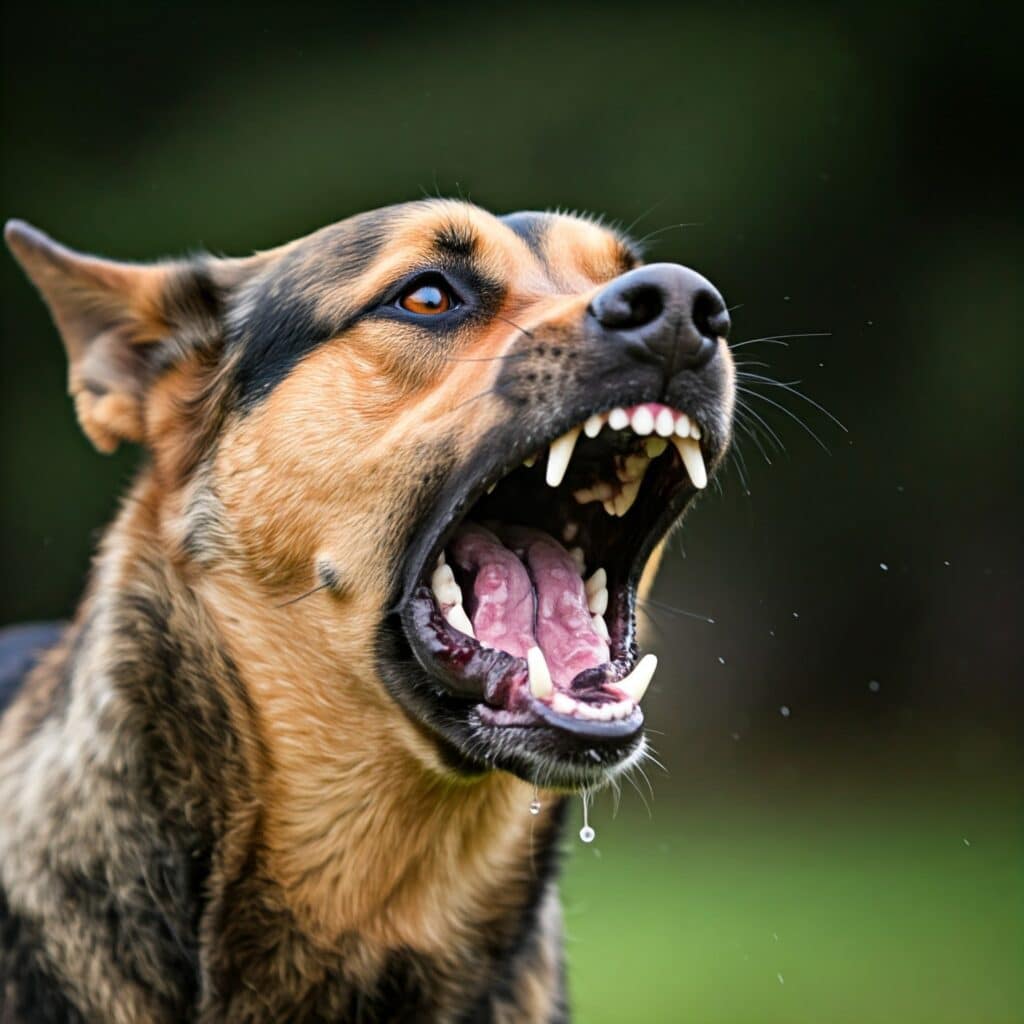Dogs are often referred to as man’s best friend, but sometimes our furry companions can exhibit aggressive behavior that leaves us puzzled and concerned. Understanding why your dog is aggressive is crucial for both your safety and the well-being of your pet. In this article, we will explore the various reasons behind canine aggression, the signs to watch for, and how to address this behavior effectively.
What is Canine Aggression?
Canine aggression is defined as any behavior that is intended to threaten or harm another individual, whether human or animal. This can manifest in various ways, including growling, barking, lunging, snapping, or biting. Aggression can occur in different contexts, such as during play, feeding, or encounters with strangers.
Types of Aggression
Understanding the different types of aggression can help pinpoint the underlying issue. Here are some common categories:
1. Fear Aggression
Dogs that are fearful or anxious may display aggression as a defense mechanism. If your dog feels threatened by a person, animal, or situation, it may react aggressively to protect itself. This is often seen in rescue dogs or those that have had negative experiences in the past.
2. Territorial Aggression
Territorial aggression occurs when a dog feels the need to protect its home or space. This type of aggression may be directed toward strangers, other animals, or even familiar people who approach their territory.
3. Protective Aggression
Some dogs are naturally protective of their owners and may exhibit aggression if they perceive a threat to their loved ones. This is common in certain breeds that have been bred for guarding or protection.
4. Redirected Aggression
This occurs when a dog is agitated or excited and redirects that energy towards another target. For example, if a dog is on a leash and sees another dog, it may react aggressively towards the person holding the leash instead.
5. Play Aggression
Sometimes, what seems like aggression is actually play behavior. Dogs can become overly excited during play and may nip or growl in a manner that appears aggressive. However, this behavior is usually playful and not meant to harm.
6. Pain-Induced Aggression
A dog that is in pain may react aggressively if it feels vulnerable. If your dog suddenly starts exhibiting aggressive behavior, a veterinary examination is crucial to rule out underlying health issues.
Signs of Aggression
Recognizing the signs of aggression is key to addressing the behavior before it escalates. Here are some common warning signals:
- Growling or Snarling: A growl can indicate discomfort or a warning to back off.
- Baring Teeth: Exposing teeth can be a sign of aggression, but it can also indicate fear.
- Barking: Excessive barking, especially if accompanied by a stiff posture, may signal aggression.
- Stiff Body Language: A dog that is tense, with raised hackles or a rigid stance, is often feeling threatened.
- Lunging or Snapping: Sudden lunging towards a person or animal is a strong indicator of aggression.
Understanding the Causes of Aggression

Several factors can contribute to aggressive behavior in dogs. Understanding these can help you manage and correct the behavior effectively.
1. Genetics
Some dog breeds are more prone to aggressive behavior due to genetic factors. Breeds developed for guarding or hunting may have a higher tendency to display aggression.
2. Socialization
Lack of socialization during critical developmental periods can lead to fear and anxiety in dogs, making them more prone to aggressive behavior. Early exposure to various people, animals, and environments is essential.
3. Environment
A dog’s environment plays a significant role in its behavior. Stressful living conditions, lack of exercise, or being confined can increase aggression.
4. Past Experiences
Traumatic events in a dog’s past can lead to fear and aggression. For example, a dog that has been abused may react aggressively when approached by a person.
5. Health Issues
Physical pain or illness can cause changes in behavior. If your dog is experiencing discomfort, it may react aggressively as a form of self-defense.
How to Address Aggressive Behavior
While aggressive behavior can be alarming, there are steps you can take to manage and modify this behavior.
1. Consult a Veterinarian
If you notice sudden aggressive behavior, it’s essential to consult a veterinarian. They can rule out any underlying medical conditions that could be contributing to the aggression.
2. Seek Professional Help
Working with a professional dog trainer or behaviorist can provide valuable insights into your dog’s behavior. They can develop a customized training plan that focuses on desensitization and positive reinforcement.
3. Socialization
Increasing your dog’s exposure to different people, animals, and environments can help reduce fear and anxiety. Controlled socialization sessions can be beneficial in building your dog’s confidence.
4. Training and Commands
Basic obedience training can instill discipline and improve your dog’s behavior. Teaching commands like “sit,” “stay,” and “leave it” can help you manage your dog in situations that may trigger aggression.
5. Create a Safe Space
Establishing a safe area for your dog where it can retreat when feeling overwhelmed can help reduce aggressive outbursts. This could be a quiet room or a cozy crate where your dog feels secure.
6. Avoid Punishment
Punishing aggressive behavior can often exacerbate the issue. Instead, focus on positive reinforcement techniques to encourage good behavior.
Conclusion
Understanding the reasons behind your dog’s aggression is crucial for addressing the issue effectively. By recognizing the signs, identifying potential triggers, and implementing appropriate training techniques, you can help your dog become a well-adjusted companion. Remember, patience and consistency are key. If in doubt, always seek professional guidance to ensure a safe and harmonious environment for both you and your furry friend.






